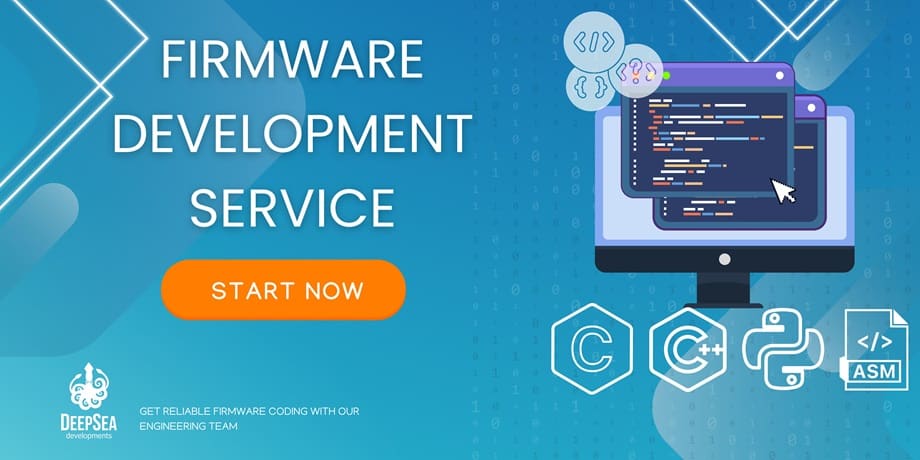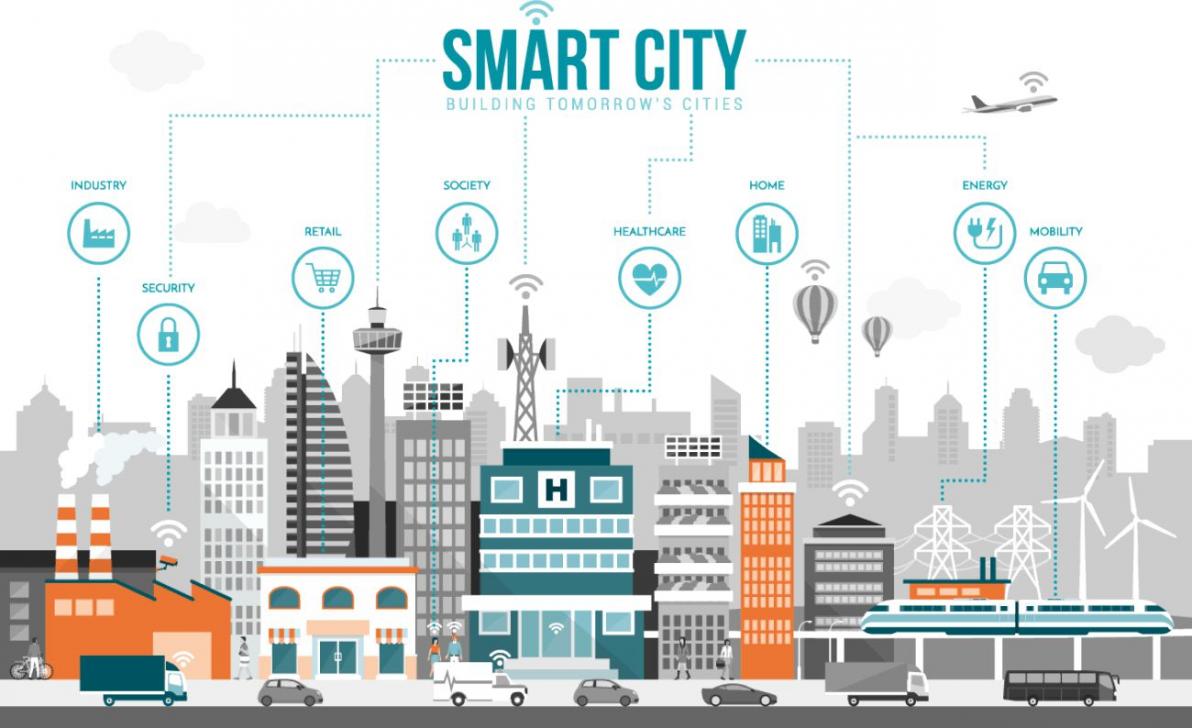This article will explain what OTA (Over-the-air) is, how it works, and its benefits. If you are interested in over-the-air updates, this is a good opportunity to learn about it.
What is OTA?
OTA, or Over-the-Air, refers to wirelessly distributing software updates, configuration settings, and even encryption keys to devices. This technology is widely used in various industries, including consumer electronics, automotive, and IoT (why is IoT important), allowing devices to receive updates without needing to be connected to a computer or returned to the manufacturer.
What can OTA be used for?
Software and firmware updates:
OTA can be used for updating the operating system or application software on devices like smartphones, tablets, smartwatches, and other IoT devices.
Configuration changes:
Adjusting device settings remotely.
Security updates:
Pushing security patches to protect against vulnerabilities.
New features:
Introducing new functionalities to devices without manual installation.
What is an OTA Update (Over-the-Air Update)?

Keeping devices up-to-date is crucial for maintaining security, functionality, and user satisfaction. One of the most efficient ways to manage these updates is through OTA or Over-the-Air updates. But what exactly is an OTA update?
An OTA update is a wireless method of delivering software, firmware, or configuration updates to devices. This technology is widely used in various industries, including automotive, consumer electronics, healthcare, and the Internet of Things. OTA updates allow manufacturers and developers to push updates directly to devices without requiring physical access, making the process seamless and efficient.
Imagine a scenario where you need to update each device manually, one by one. If you’re a manufacturer with thousands or even millions of devices in the field, this would mean physically accessing each unit to perform the update. Not only would this be incredibly time-consuming and labor-intensive, but it would also be logistically impractical and prohibitively expensive.
For example, think about visiting every single user of a smartphone to install the latest software update. This would require an immense workforce, extensive coordination, and a significant amount of time, not to mention the disruption it would cause to the users. The sheer scale of such an operation would make it nearly impossible to execute efficiently.
How OTA updates work
Understanding how OTA updates work can help you appreciate their significance and potential for your projects. Here’s a step-by-step breakdown of the OTA update process:
1. Update creation
The process begins with the development of a new firmware or software update. This update could include bug fixes, security patches, new features, or performance improvements. Once the update is ready, it undergoes rigorous testing to ensure it works correctly and does not introduce new issues (see firmware programming).
2. Update packaging
After the update is finalized, it is packaged into a secure, compressed file. This package includes all necessary files and instructions for the device to apply the update correctly.
3. Distribution
The packaged update is then uploaded to a server, from where it can be distributed to the devices. Manufacturers and developers often use cloud-based services to manage and distribute these updates efficiently; IoT and cloud computing make a great combination here.
4. Notification and download

Devices connected to the internet periodically check for new updates. When an update is available, the device receives a notification. Depending on the device’s configuration, it may automatically download the update or prompt the user to initiate the download.
5. Verification
Once the update is downloaded, the device verifies its integrity and authenticity. This step ensures that the update has not been tampered with and is from a trusted source.
6. Installation
After verification, the device proceeds with the installation of the update. During this process, the device may restart or enter a special update mode to apply the changes. The installation process is designed to be as smooth and unobtrusive as possible to minimize downtime.
7. Post-installation checks
After the update is installed, the device performs post-installation checks to ensure everything is functioning correctly. If any issues are detected, the device can revert to the previous version or alert the user for further action. This happens sometimes with some updates carried out on cellphones, where changes need to be reverted if the system doesn’t work properly.
What are the benefits of OTA updates?
Implementing OTA updates for your devices offers numerous advantages that can significantly enhance your project’s success:
1. Convenience
OTA updates eliminate the need for physical access to devices, saving time and effort for both developers and users. Updates can be pushed remotely to any location, ensuring that all devices are up-to-date without requiring manual intervention.
2. Security
Regular OTA updates enable manufacturers to address security vulnerabilities promptly. This proactive approach helps protect devices from potential threats and ensures that users have the latest security enhancements.
3. Cost-effectiveness
By reducing the need for physical servicing, OTA updates can significantly lower maintenance costs. Manufacturers can address issues and deploy improvements without the logistical challenges and expenses associated with manual updates.
4. User experience
Seamless and timely updates improve the overall user experience. Users benefit from new features, bug fixes, and performance enhancements without having to go through complex update processes.
5. Scalability
OTA updates provide a scalable solution for managing a large fleet of devices. Whether you have hundreds or millions of devices, OTA technology allows for efficient and synchronized updates across the entire network.
Applications in different industries:
- Consumer electronics: Smartphones, tablets, smartwatches, and other personal devices.
- Automotive: Cars receive updates for their systems, navigation, and other onboard software.
- IoT devices: Smart home devices, industrial sensors, wearable IoT devices, and other connected devices receive updates to improve functionality and security.

Enhance your project with our firmware consulting services
Understanding and implementing OTA updates can be complex, especially for projects with unique requirements and constraints. This is where professional firmware consulting services come into play. Our team of experts can help you navigate the intricacies of OTA technology and optimize your firmware to achieve your project goals.
Our firmware services include:
- Custom OTA solutions: Tailored OTA update systems designed to meet the specific needs of your project.
- Security audits: Comprehensive security assessments to ensure your OTA updates are safe from vulnerabilities.
- Performance optimization: Enhancing firmware efficiency to improve device performance and user satisfaction.
- Integration Support: Assisting with the seamless integration of OTA update capabilities into your existing infrastructure.
Ready to enhance your project?
Don’t let outdated firmware hold your project back. Contact us today to learn how our services can help you implement efficient and secure OTA updates. Together, we can ensure your devices stay ahead of the curve, delivering the best possible experience to your users.
We are among the best embedded firmware development companies that offer professional and reliable results. Book your free consultation today!
Other articles you might be interested in:








